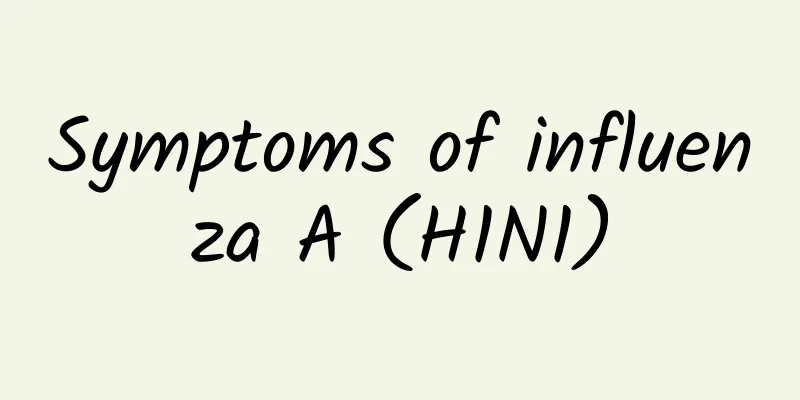Symptoms of influenza A (H1N1)

|
Everyone knows that colds are caused by viruses. Influenza A (H1N1) is a type A virus. People who are infected with this virus generally do not become ill immediately. There is usually an incubation period of one to seven days. Once this virus breaks out, it can progress rapidly and fiercely. Suddenly, a high fever appears, with a body temperature exceeding 39 degrees. It may even lead to severe pneumonia, pulmonary hemorrhage, and pleural effusion, which can quickly endanger life. Influenza A (H1N1) was formerly called swine flu. This virus is mostly found in pigs. Pig farm keepers can be infected with the Influenza A (H1N1) virus through contact with pigs. In addition, some unscrupulous vendors sell pork from diseased pigs. If people accidentally eat this pork, they will be infected with the Influenza A (H1N1) virus. The early symptoms of swine flu in humans are similar to those of normal human flu, including fever, cough, sore throat, body aches, headache, chills and fatigue. Some people may also experience diarrhea or vomiting, muscle pain or fatigue, red eyes, etc. Pulmonary signs are often not obvious, and some patients may have moist rales or signs of pulmonary consolidation. The first choice drug against influenza A 1. General treatment Rest, drink plenty of water, and closely observe changes in the condition; antipyretic treatment can be given for high fever cases. 2. Antiviral treatment Studies have shown that this influenza A (H1N1) virus is currently sensitive to the neuraminidase inhibitors oseltamivir and zanamivir, and resistant to amantadine and rimantadine. For cases of influenza A (H1N1) with mild clinical symptoms, no comorbidities, and self-limiting illness, there is no need to actively use neuraminidase inhibitors. For cases where the condition is severe at the onset and dynamically worsens after the onset of the disease, high-risk groups infected with influenza A (H1N1) should be given neuraminidase inhibitors for antiviral treatment in a timely manner. The medication should be started within 48 hours of onset if possible (ideally within 36 hours). We should wash our hands frequently in our daily life. There are also some rules for washing hands. Wash the palms first, then the backs of your hands, and then cross your fingers and rub them together to wash them clean. The soap used to wash your hands must be rinsed off with running water, and you must also get enough sleep and drink plenty of water. Open doors and windows frequently for ventilation, and avoid public places during the flu season. |
Recommend
No more hiding! The exercises for treating kidney deficiency are given to you for free
Kidney deficiency is a long-standing problem, but...
Mild intestinal metaplasia
Endoscopic mild intestinal metaplasia is a profes...
Sensory impairment
Perceptual impairment refers to the difficulties ...
Can optic neuropathy be cured?
Optic neuropathy is extremely harmful, causing vi...
What should I do if my nose is dry and bleeding? How to treat dry nose
Due to the dry weather in autumn and winter, many...
Empty chest pain
Many people don’t actually understand what kind o...
How to overcome shyness
The psychology of shyness is quite common in life...
What's wrong with the white hair below?
Now many people have found that the hair on their...
What role do active enzymes play in the human body?
Many people believe that the reason why humans ne...
Can Liuwei Dihuang Pills cure premature ejaculation?
People nowadays have solved the problem of food a...
What is the principle of Chinese medicine acupuncture?
We know from TV that the phrases such as "cu...
Is a pulse of 106 normal?
The number of beats of the human pulse is general...
The efficacy, effects and contraindications of Ligustrum lucidum
Speaking of Ligustrum lucidum, in fact, many citi...
Causes of weight loss after gallbladder removal
Cholecystectomy is the surgical removal of the ga...
What causes bleeding in stool?
Bleeding in the stool mainly refers to the situat...









